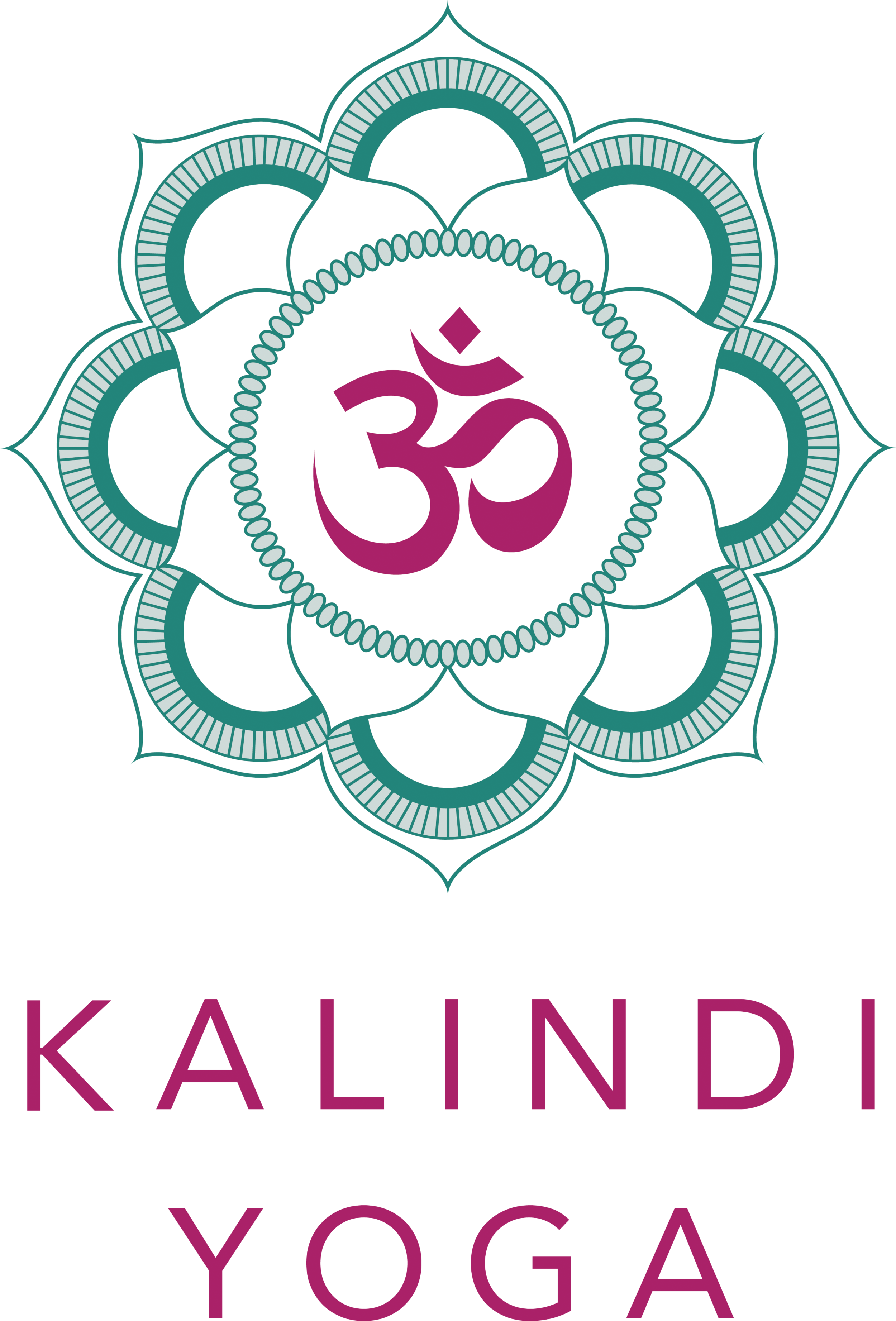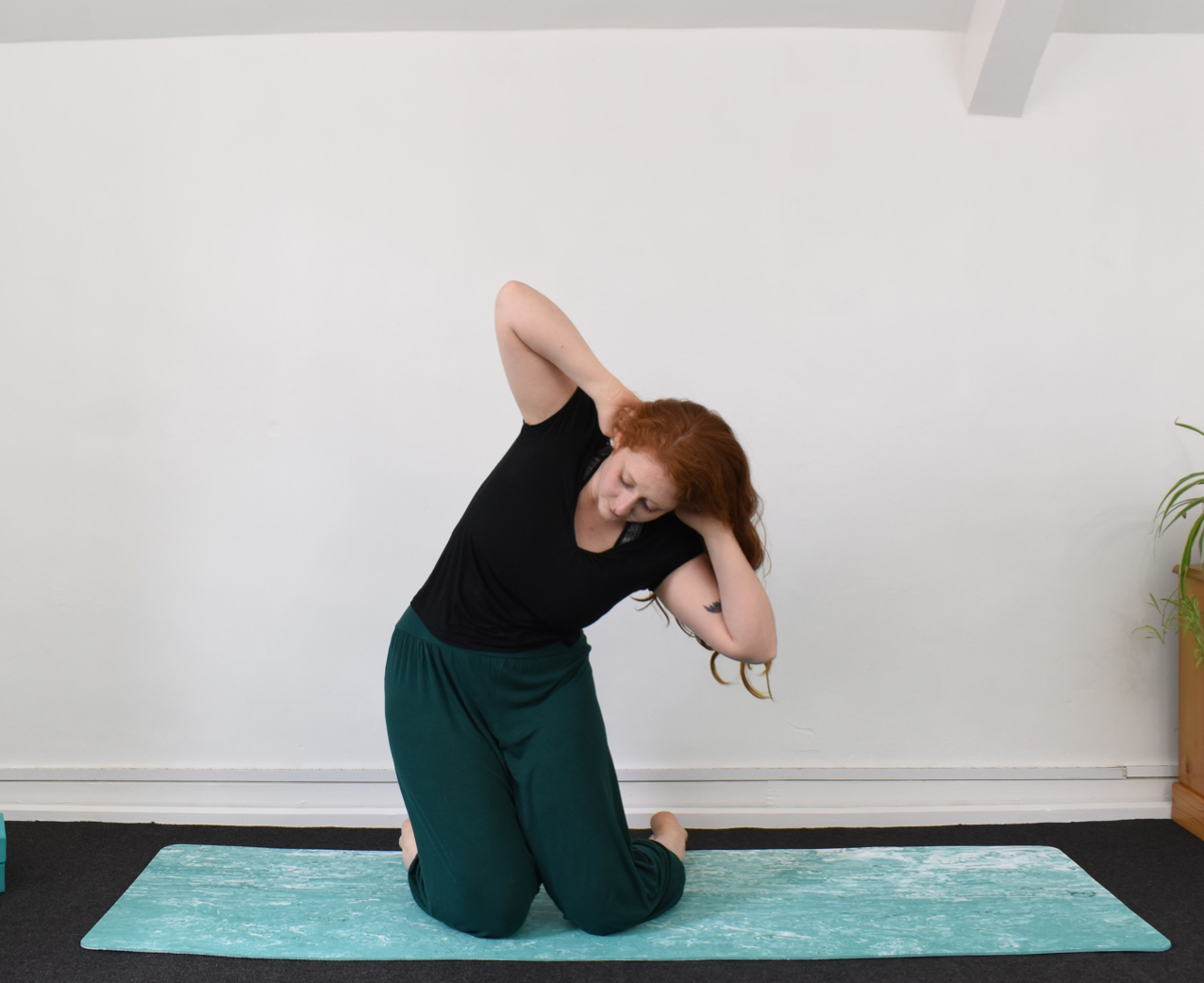What is Hormone Yoga Therapy?
What is Hormone Yoga Therapy?
Hormone Yoga Therapy is a yoga practice that helps to activate and rebalance the endocrine system. The endocrine system is made up of the glands and the hormones they secrete into the body. Hormone Yoga Therapy, created by Dinah Rodrigues, works on stimulating the glands by massage using breathing techniques that are repeated often throughout the practice while doing yoga postures. These breathing techniques massage either the glands themselves or the muscles around the glands. The sequence also covers and promotes relaxation, calming breathing exercises and anti-stress techniques, all essential for balancing hormones.
How does it work?
The massaging effect of the breathing techniques work by stimulating the blood flow to the glands and/or the muscles surrounding the deeper glands. This increase in blood flow helps to give signals to the endocrine system. These signals can tell some glands if nutrients and ions in the blood are too high or too low and the corresponding gland, after receiving those signals, will either increase or inhibit its hormone production to bring about homeostasis. For example, if the concentration of calcium is low in the blood near the parathyroid, the parathyroid will release its hormone (PTH) which will cause a rise in the calcium levels in the blood. This is known as humoral stimuli.
Mahasana from the Hormone Yoga sequence
Numerous glands in the body will also release hormones in response to another hormone being released, from a different gland. This is known as hormonal stimuli. For example, the pituitary gland releases thyroid-stimulating hormones (TSH), which sends a signal to the thyroid gland to release more of its hormones. Once these hormones have been released, the thyroid hormones then send a feedback loop to the pituitary, to inhibit it releasing TSH, as the thyroid has done its job. All of these signals are sent through the bloodstream so by increasing the blood flow and circulation to the muscles surrounding the deeper glands (such as the ovaries) or the gland itself (such as when working with the thyroid), we are helping the endocrine system to communicate via the bloodstream and ensuring hormonal levels are healthy and homeostasis can be maintained. We are helping that feedback loop.
During the Hormone Yoga Therapy practice, the ovaries, thyroid and adrenals are influenced by the breathing techniques we use and the postures, offering the optimum massaging effects.
However, the pituitary gland is located in the brain and is therefore affected by the visualisation techniques we practice and the anti-stress techniques we do at the end of the class (as well as some of the upside down postures that help the blood flow to the brain!) These anti-stress techniques are a way to become more self-aware, to notice when you are feeling calm, compared to when you're feeling stressed, and enjoying that feeling of peace and contentment. They typically involve repetitions of mantras, visualisations or meditations which are sometimes in the form of moving meditations.
The calming breathing and anti-stress exercises practised help to reduce the stress response in the body and ultimately, this means the endocrine system has a chance to produce levels of hormones that are much healthier, without the stress response taking over. When we are stressed, and particularly if we are suffering with long-term stress, the adrenals pump cortisol, adrenaline and noradrenaline around the body thus reducing or stopping any functions that are not deemed as essential for dealing with the situation. It overrides the rest of the endocrine system and can therefore have detrimental impacts on healthy hormone production. This type of stimuli is known as neural, where our nervous system tells the endocrine system to respond in a certain way, and in this case it's via the adrenals.
What can I expect from a class?
A Hormone Yoga Therapy class follows this structure:
Warm ups
Asanas (postures with the breathing techniques for stimulating the endocrine system)
Yoga Nidra (guided relaxation and visualisation)
Breathing exercises for calming the nervous system
Anti-stress techniques for reducing our stress response
If you'd like to see what a class looks like or find out a little bit more about the stimulating breathing techniques and visualisations we use, you can watch find some videos on my Youtube channel.
Hormone Yoga Therapy is hard to explain in words and is something that must be tried to understand its full benefits. We use Bandhas and Mudras in the practice too and something called, Circulation of Energy which involves the use of Mudras, Bandhas and visualisations to send our awareness to the gland we're working with.
How often should I practice?
This is a really common question that I get asked. It really depends on what you're practising for. Every body is individual and different hormonal conditions need to have a different length or regularity of practice. As a very rough guideline (and it's always best to talk to a qualified Hormone Yoga Therapy teacher), you can practice 20-30 minutes three to four times a week to feel the benefits of this practice. And this practice should then remain throughout your lifetime.

